
In pictures: Record flooding closes outback parks
Innamincka saw its highest flooding in recorded history in April 2025, after massive rainfall in Queensland made its way down Kinipapa Cooper Creek to South Australia.
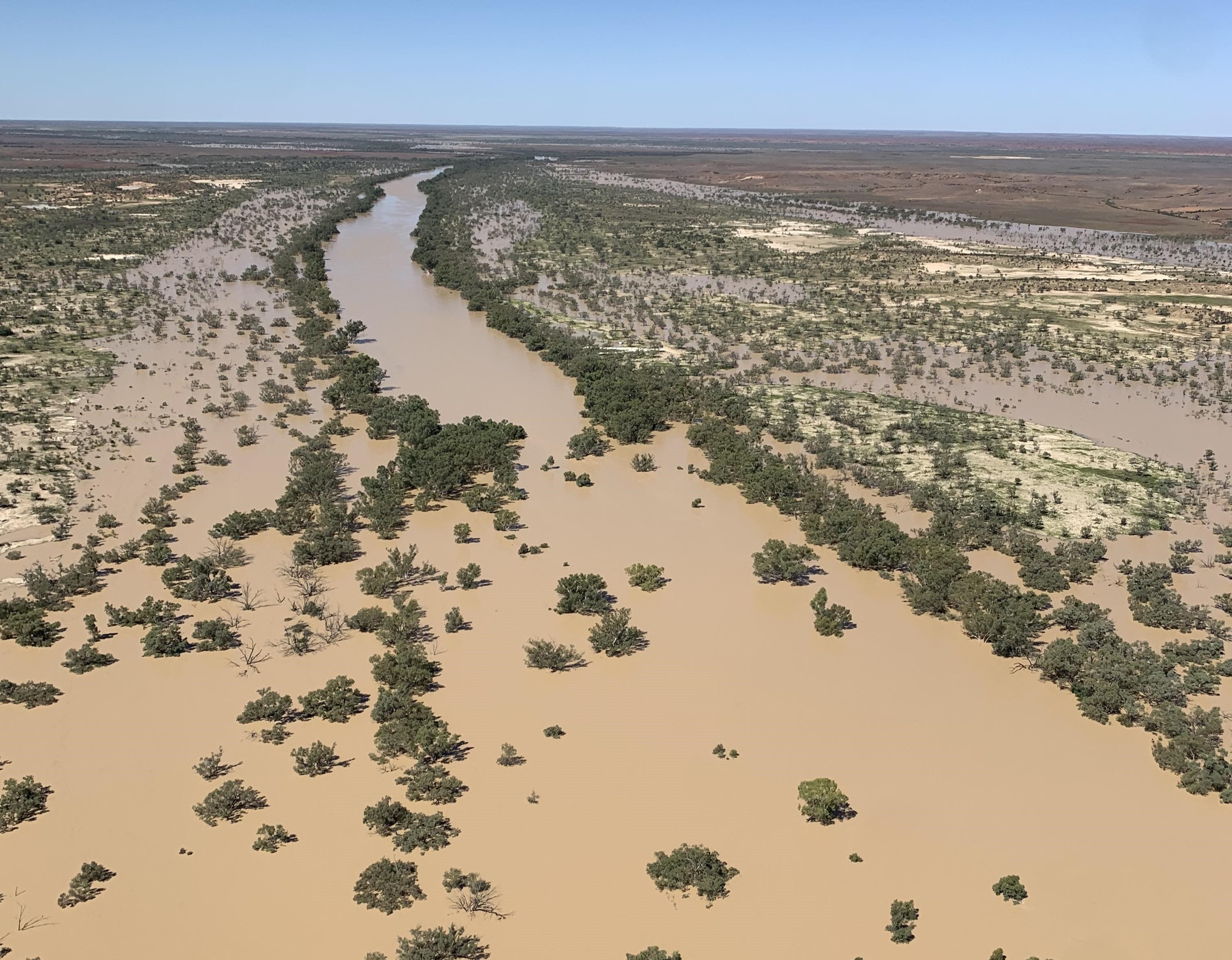
Need to know: Innamincka Regional Reserve and Malkumba Coongie Lakes National Park are closed to visitors until further notice.
Even as floodwaters subside, many roads will remain impassable for some time. Check the Innamincka Regional Reserve web page for updates. In the meantime, enjoy some photos of the extraordinary water levels, and find out more about the event, from the comfort of somewhere dry.
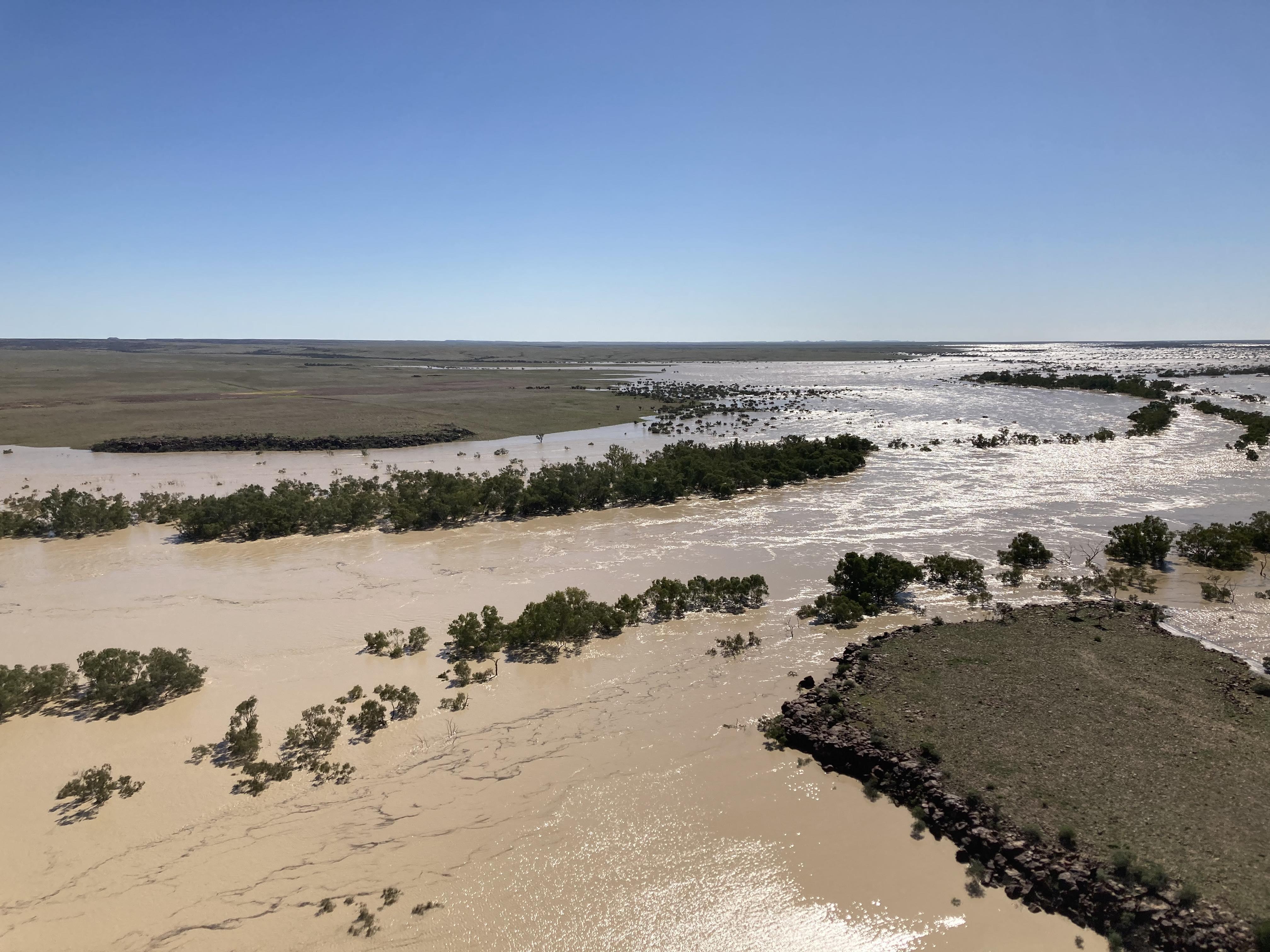
What’s been flooded?
- Access tracks, campsites and toilets at Innamincka Regional Reserve.
- Innamincka township causeway.
- Innamincka Town Common Camping Area.
- Innamincka Station Homestead Complex.
- The Racecourse, run by the Innamincka Sporting Club.
- Many Yandruwandha and Yawarrawarrka cultural heritage sites including art, burial, camping and ceremonial sites.
- The Adventure Way.
- Nappa Merrie Bridge (Burke and Wills Bridge) on the Adventure Way in Queensland.
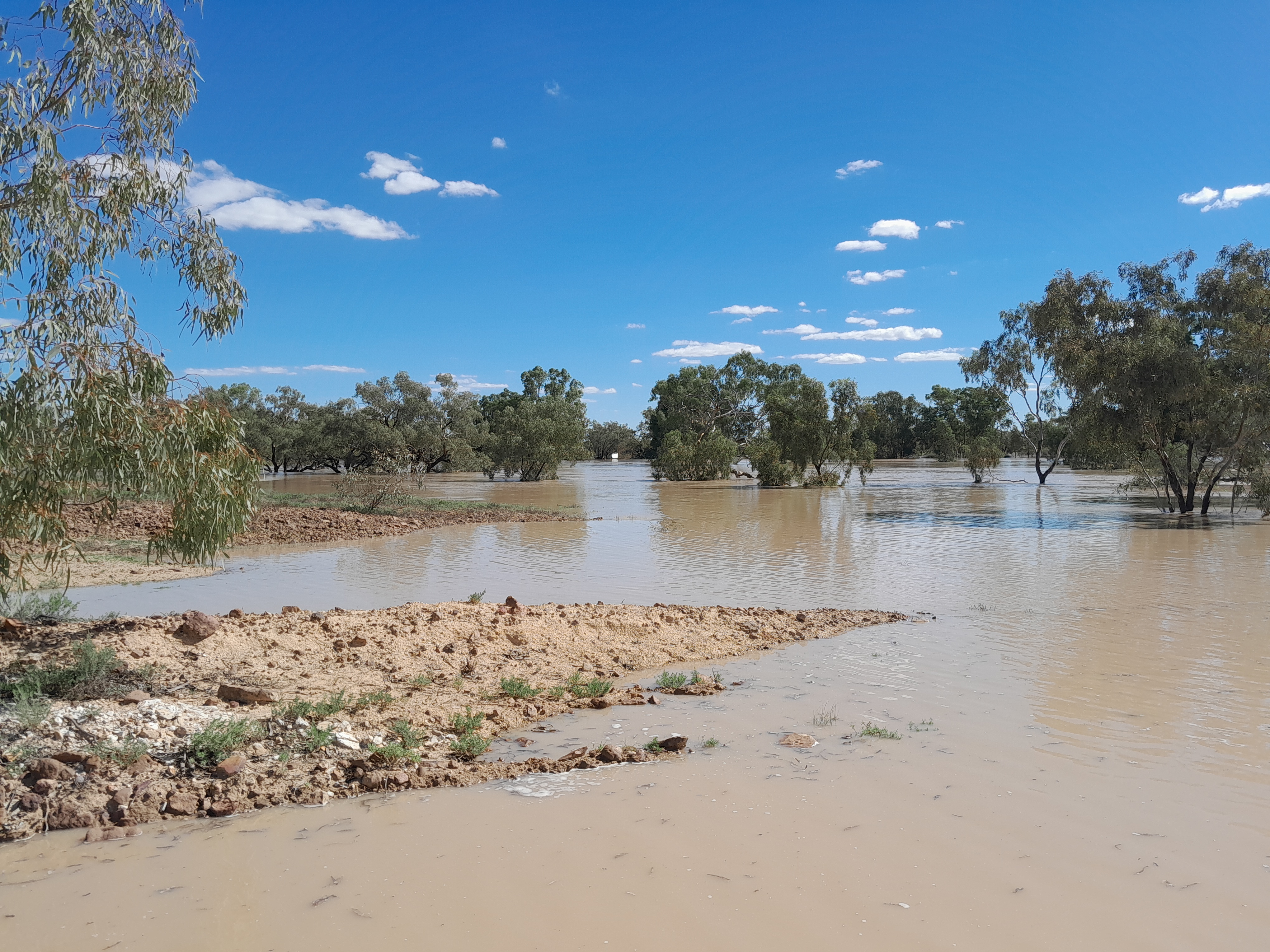
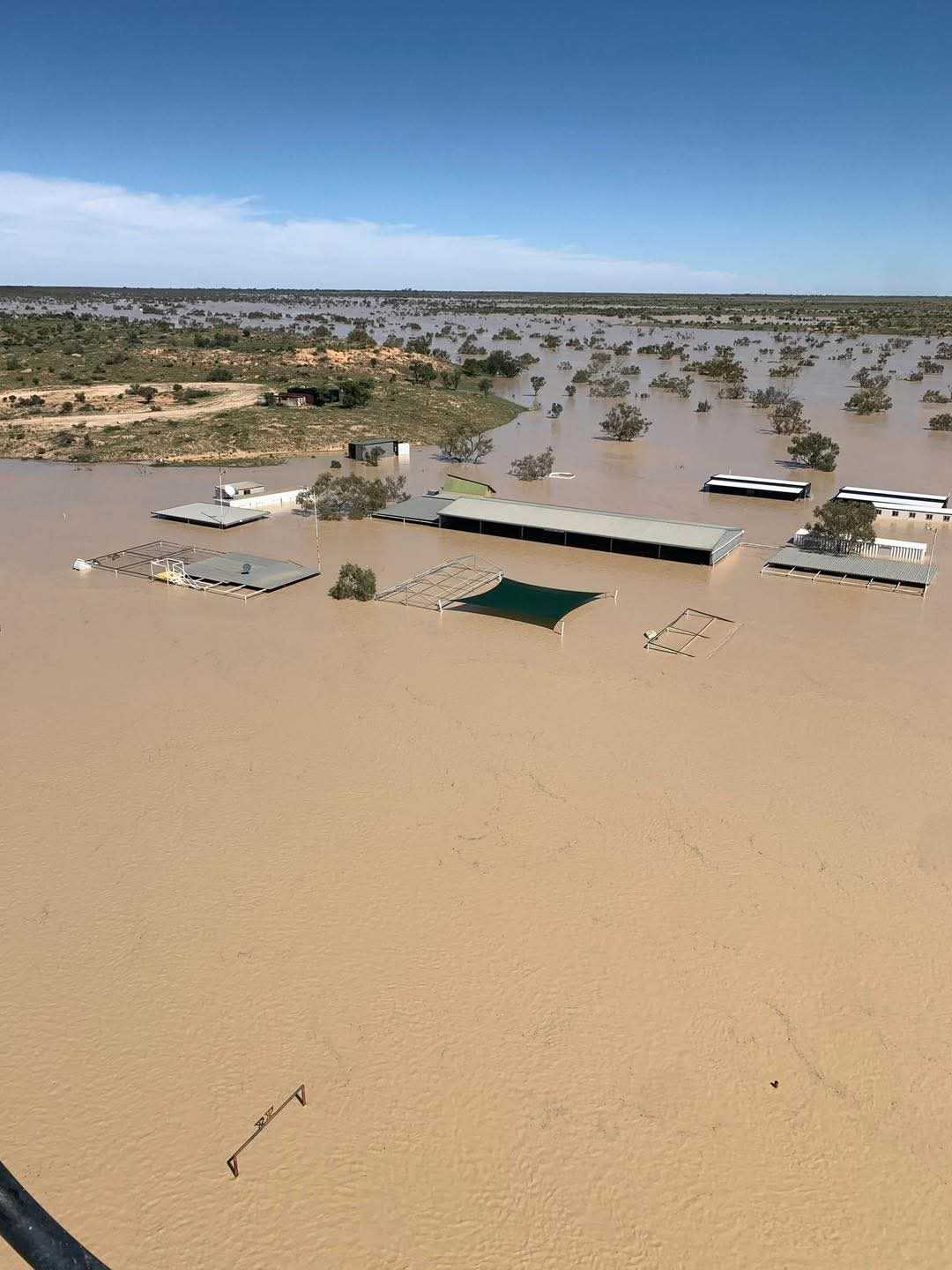
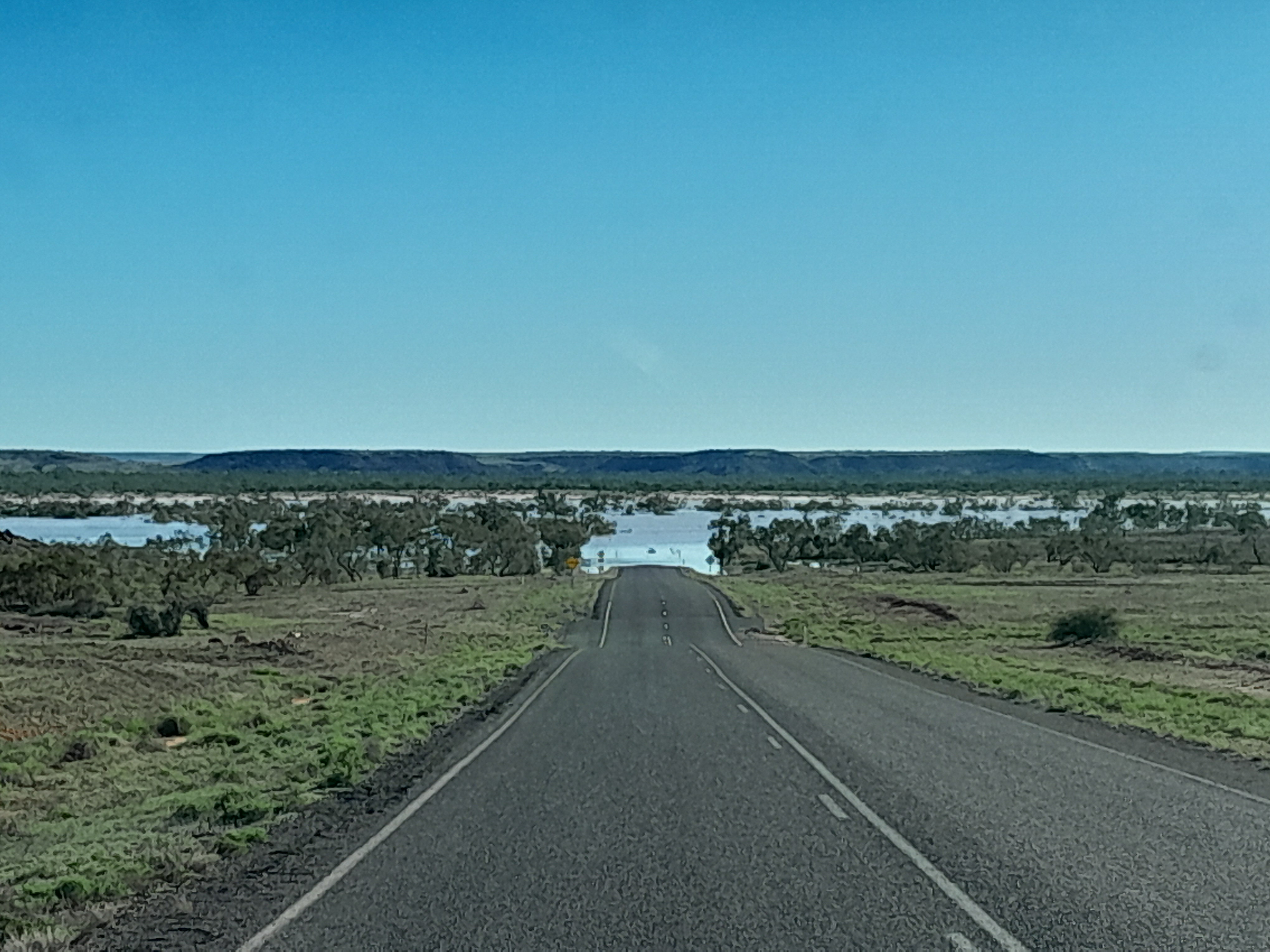
One for the history books
The flooding in South Australia’s outback is the result of extremely heavy rains in Queensland throughout March.
The water flowed into the Thomson, Wilson and Barcoo Rivers, which merge with Kinipapa Cooper Creek, which flows into SA at the Nappa Merrie crossing, and down to the Innamincka Causeway.
The Causeway has been impassable since March 27 and the water peaked at 14.51m on April 10. This was 12.5m above the causeway, which sits at 1.9m.
The water is now slowly moving towards Kati Thanda-Lake Eyre.
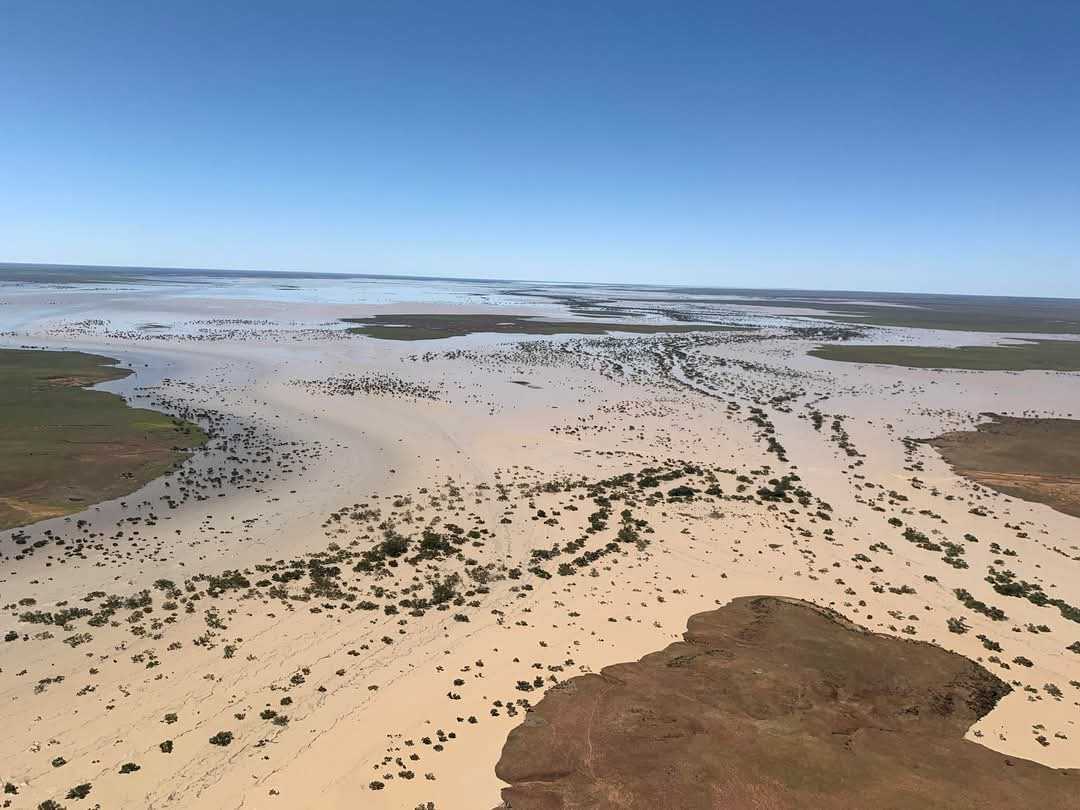
What’s been done to help?
The advantage of being downstream is you have a bit more time to prepare. A team of SES, National Parks and Wildlife Service Project Firefighters and Innamincka National Park Rangers built a DefenCell wall around the lower edges of the township for protection.
Scientists checked and raised water gauges in the area to ensure they could accurately measure the peak levels. Staff from stations in the path of the deluge were evacuated to safer areas. And in the weeks following the flood, SES has continued to supply stations with fuel, fodder drops and food with a Blackhawk helicopter stationed at Innamincka airstrip.
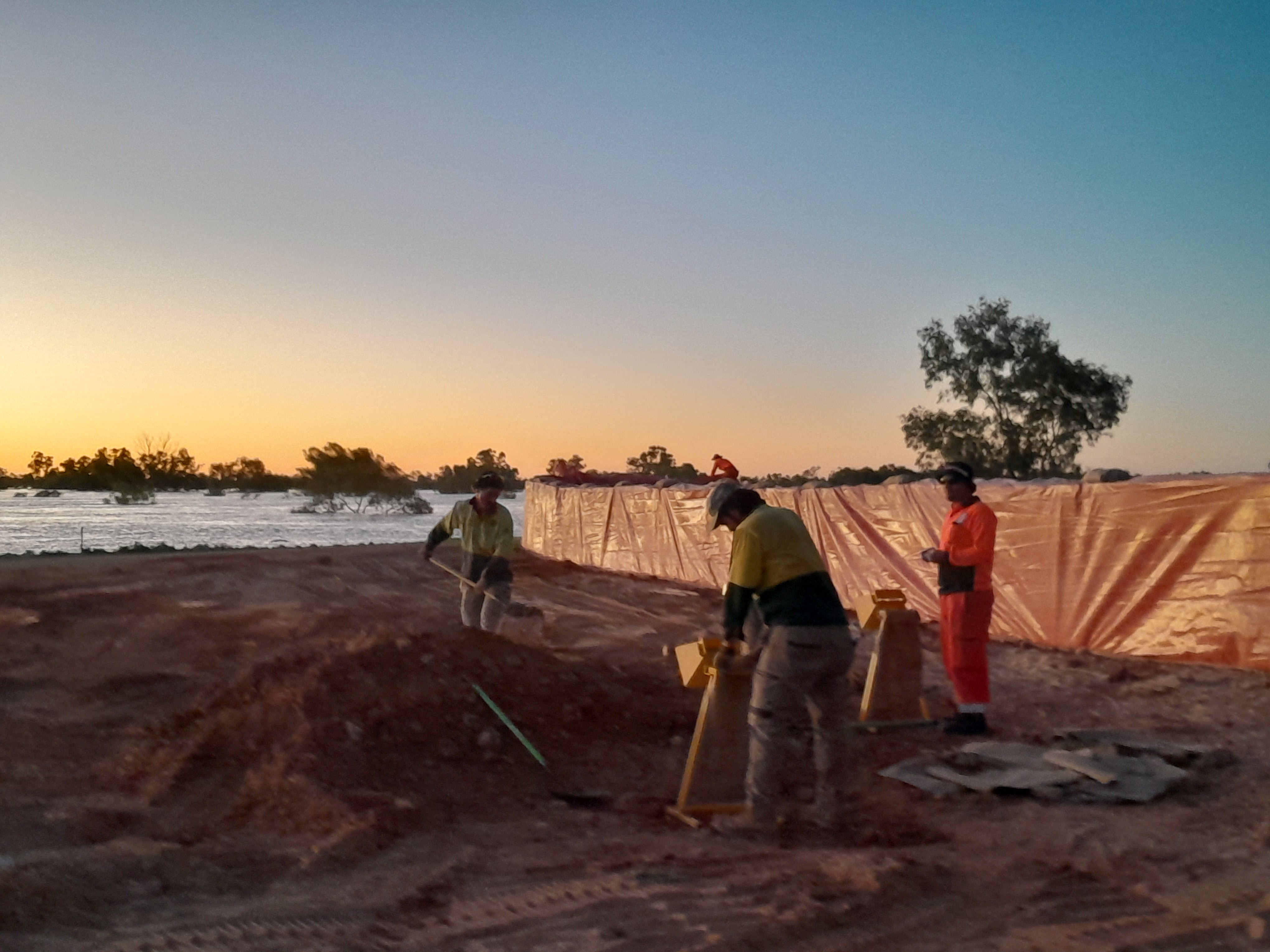
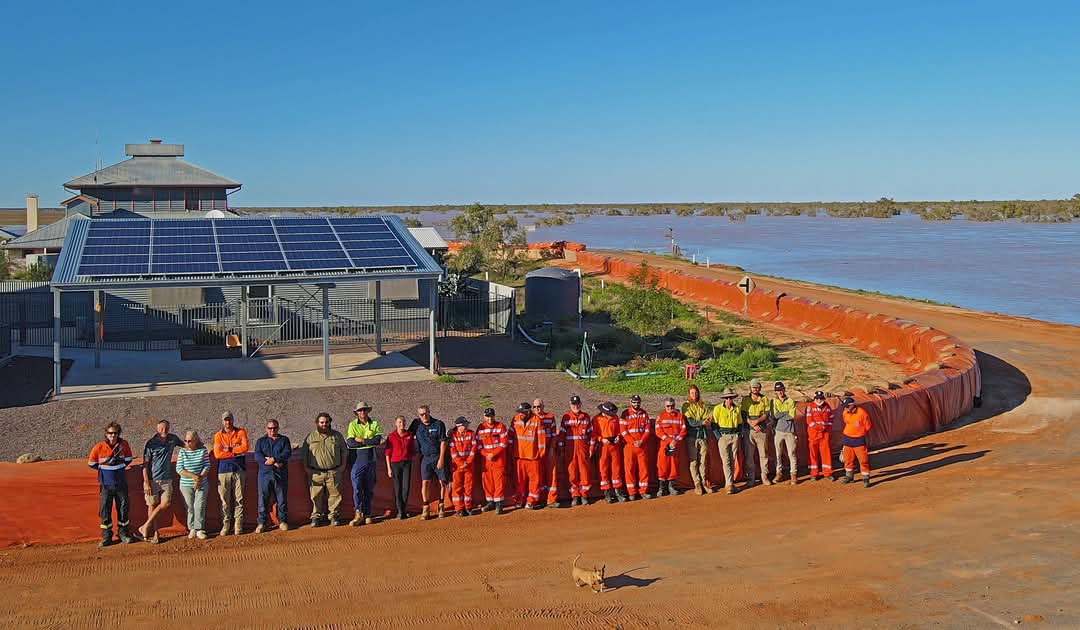
Is this good news for the local environment?
Largely, it’s good news for the land, plants and animals. These big 15-year flood events are normal for the Lake Eyre Basin and inland river systems. The flush of water helps keep the system healthy and nourishes wetlands that are rich in biodiversity. Abundant water stimulates the regeneration of plant, animal and water species and provides important habitat for many migratory waterbirds.
On the downside, flooding causes erosion of streambanks, particularly in areas of overgrazing, and along tracks and road. There can be loss of stock and native animals, while pest plants and animals may be distributed further by floodwaters. With the influx of waterbirds and other wildlife, feral pest activity will inevitably follow.
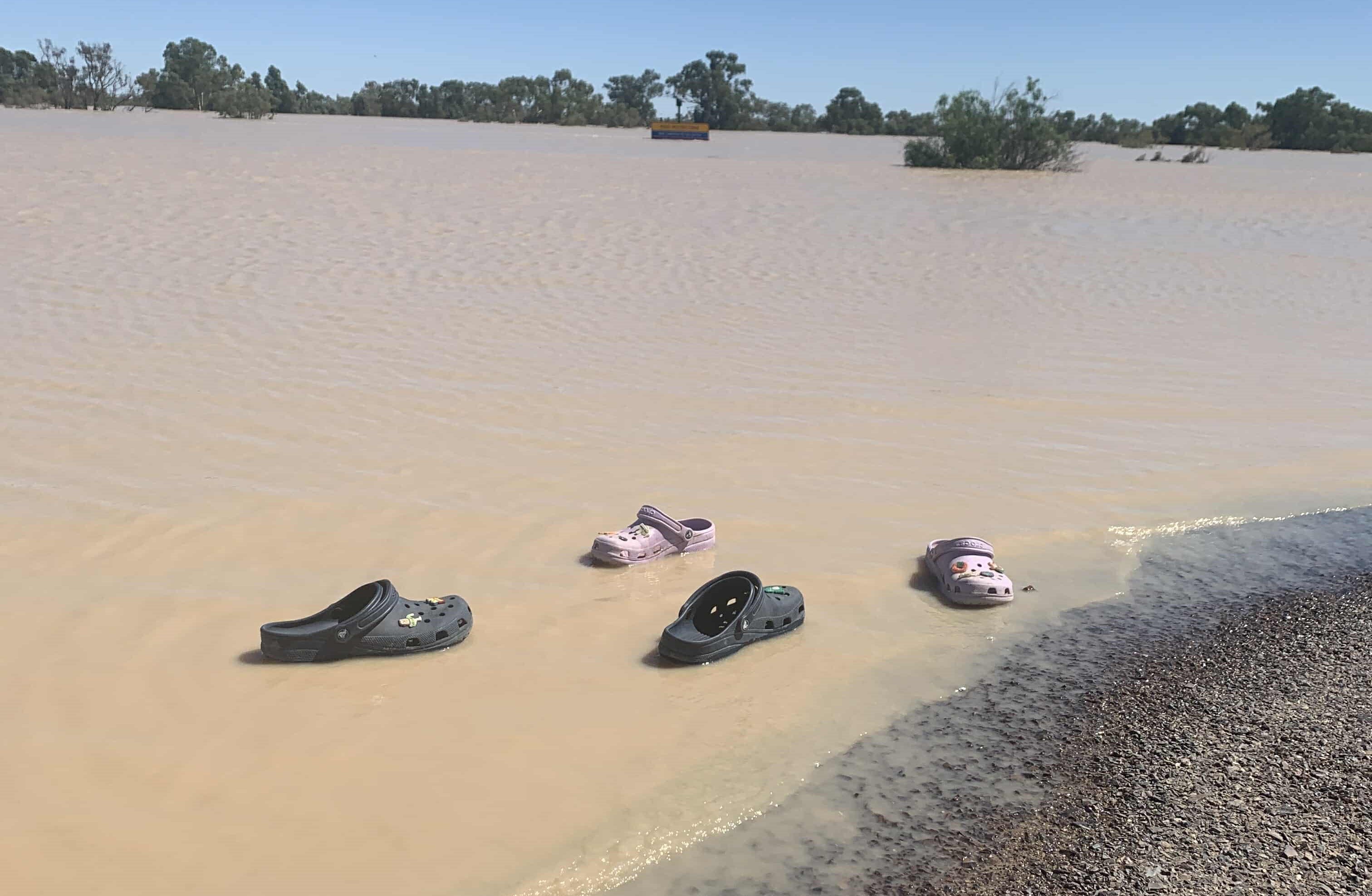
Can I still visit?
Not yet! Due to the flooding, the Innamincka Regional Reserve and Malkumba-Coongie Lakes National Park are closed until further notice. Much of the area is still inaccessible by road, and many roads have been damaged. Please check the Outback Road Warnings and do not attempt travel in the area until it is advised as safe.
As floodwaters recede and the landscape comes to life, sightseers are expected to flock to the area to experience masses of wildflowers and birdlife.
Tours to view the region from the air are likely to be the earliest available ways to see the after-effects of the flooding.
The National Parks and Wildlife Service Desert Parks Bulletin is a great source of current travel safety and access information.
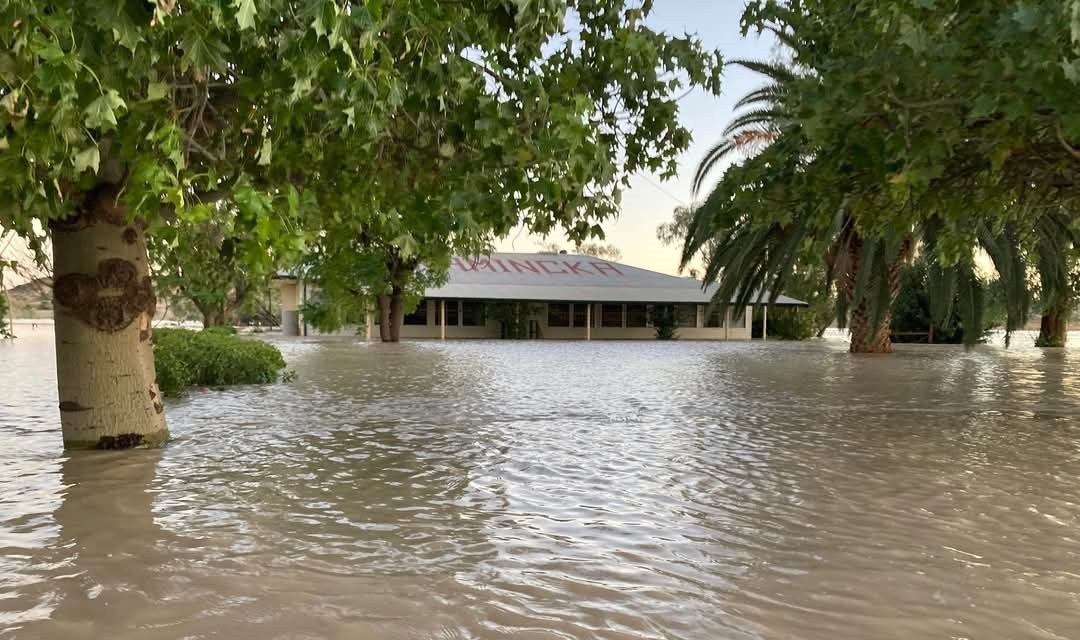
About Innamincka Regional Reserve and Malkumba-Coongie Lakes National Park
Innamincka Regional Reserve, Malkumba-Coongie Lakes National Park and Strzelecki Regional Reserve together cover an area of over 2 million hectares in the far north east of South Australia. The region is multi-use including pastoral, mining and tourism enterprises, alongside natural landscape ranging from life-giving wetlands to stark arid outback.
Innamincka Regional Reserve protects a landscape which is profoundly significant to the Yandruwandha and Yawarrawarrka people, including numerous sacred sites. It also protects historic State Heritage Listed features associated with pioneer life, early pastoral enterprises and the expedition and death of Burke and Wills.
Malkumba-Coongie Lakes Conservation Park is close to the Queensland border in the extreme far north-east of South Australia, about 100km north of Innamincka.
A true oasis in the desert, the park consists of channels, waterholes, lakes, internal deltas, shallow floodplains and interdune corridors and swamps. Motorboats, campfires, fishing and generators are not permitted in the park, ensuring a genuine wilderness experience.
Coongie Lakes is listed as a Ramsar Wetland of International Importance. It is a significant feeding, resting and breeding site for an enormous number of birds, with particularly high waterbird diversity for an arid land wetland. The rich biodiversity also includes plants, fish, reptiles and frogs.